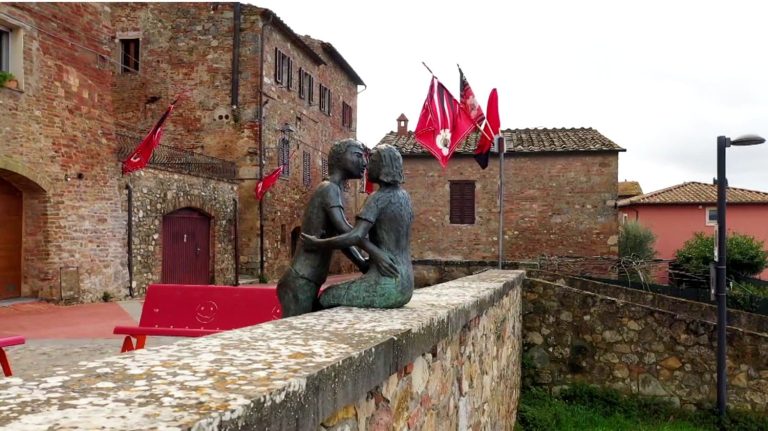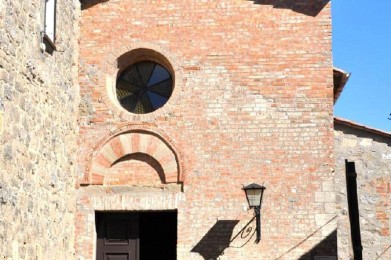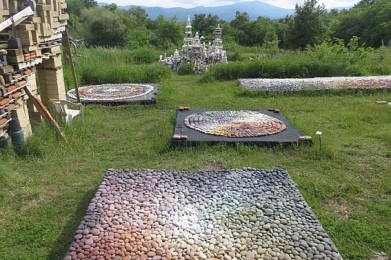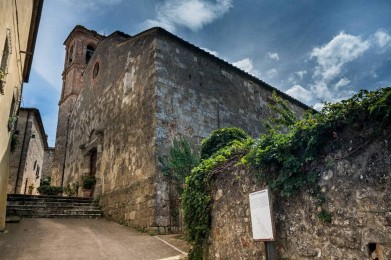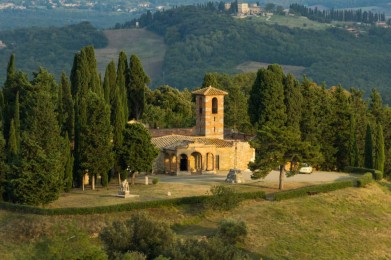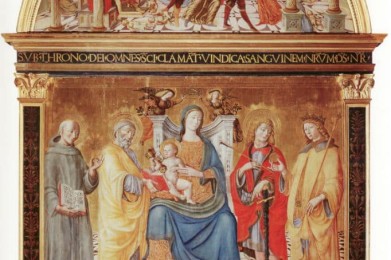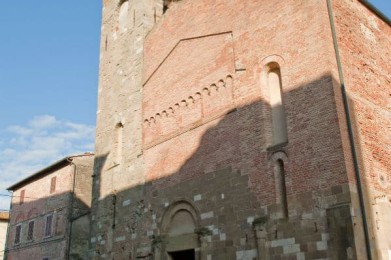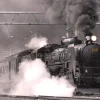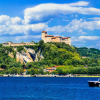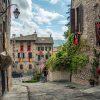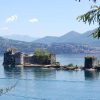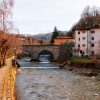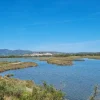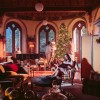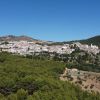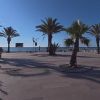Two Lovers © Visit Tuscany
Stretching between the provinces of Florence and Siena is the beautiful Val d’Elsa, one of the most iconic places in the region Tuscany. Acrossed by the Via Francigena, the Val d’Elsa holds on its territory historical and artistic testimonies of immense value, often enclosed within the walls of medieval villages. San Gimignano, Certaldo and Monteriggioni are just a few of the places you absolutely must visit in the Elsa Valley. Then you can’t forget Colle Val d’Elsa, a stone’s throw from which rises Casole d’Elsa, a small village with a very ancient past and that today has è earned the nickname of Borgo degli Artisti. Indeed, strolling through the alleys of Casole d’Elsa, among ancient palaces and churches, sculptures of exquisite workmanship and deep and intimate meanings, also created by contemporary artists, crop up.
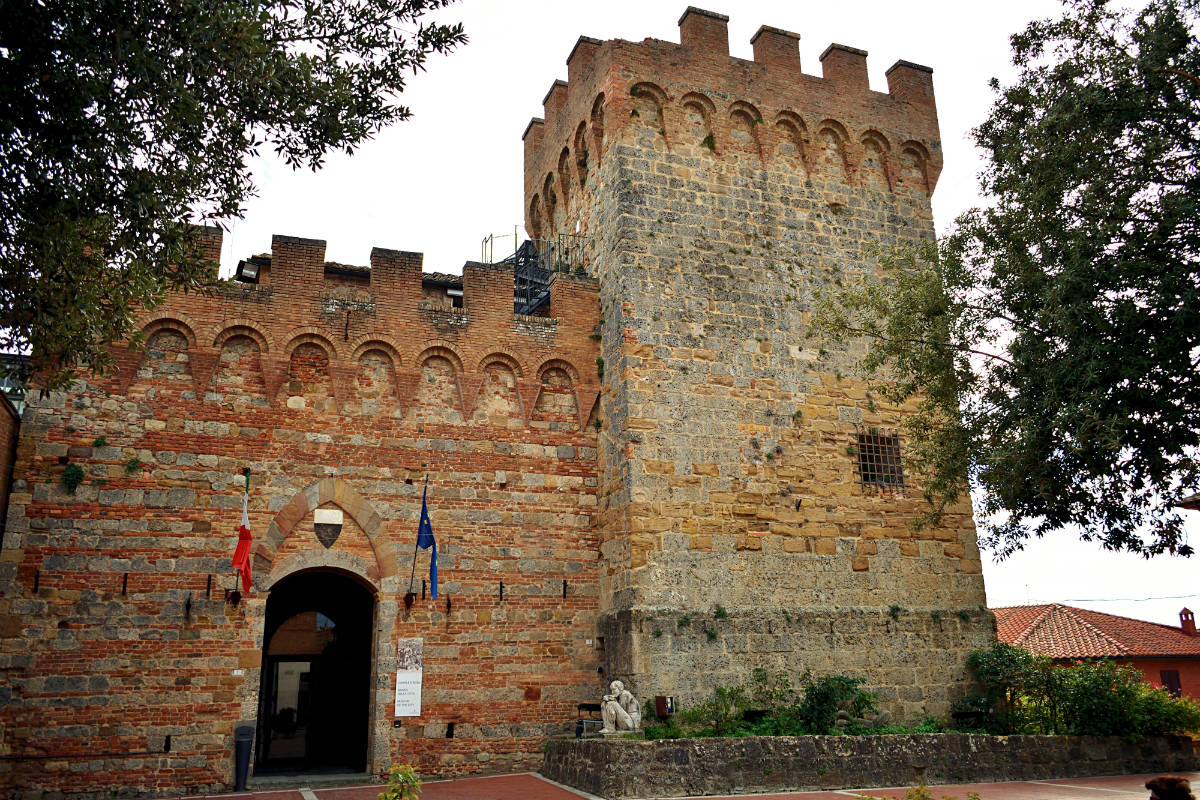
Rocca Senese/shutterstock
The statues of Casole d’Elsa
Casole d’Elsa è a village with clear Etruscan origins, as evidenced by the findings of tombs related to the ancient pre-Roman civilization: it passedò from the hands of the Bishops of Volterra to those of Siena, who provided fortifying the village with a wall with a curious ovoid shape, complete with round towers still visible today.
Those who wonder whyé è nicknamed Artists’ Village, need do no more than walk through its marvelous little streets: art installations, paintings, workshops and above all statues dot the historic center of the village, making Casole d’Elsa a veritable open-air museum.
You will encounter statues of children placed in more or less hidden places: one depicts a boy crouching in a niche next to a colorful seedling, another sees a similar sculpture protruding from the parapet of a tall window, and yet another sticks out of a well. Also impressive is the sculpture of a man, who appears to be middle-aged, in the act of entering a house as he tenderises the figure of a little girl sitting on a bench, almost inviting visitors to keep her company.
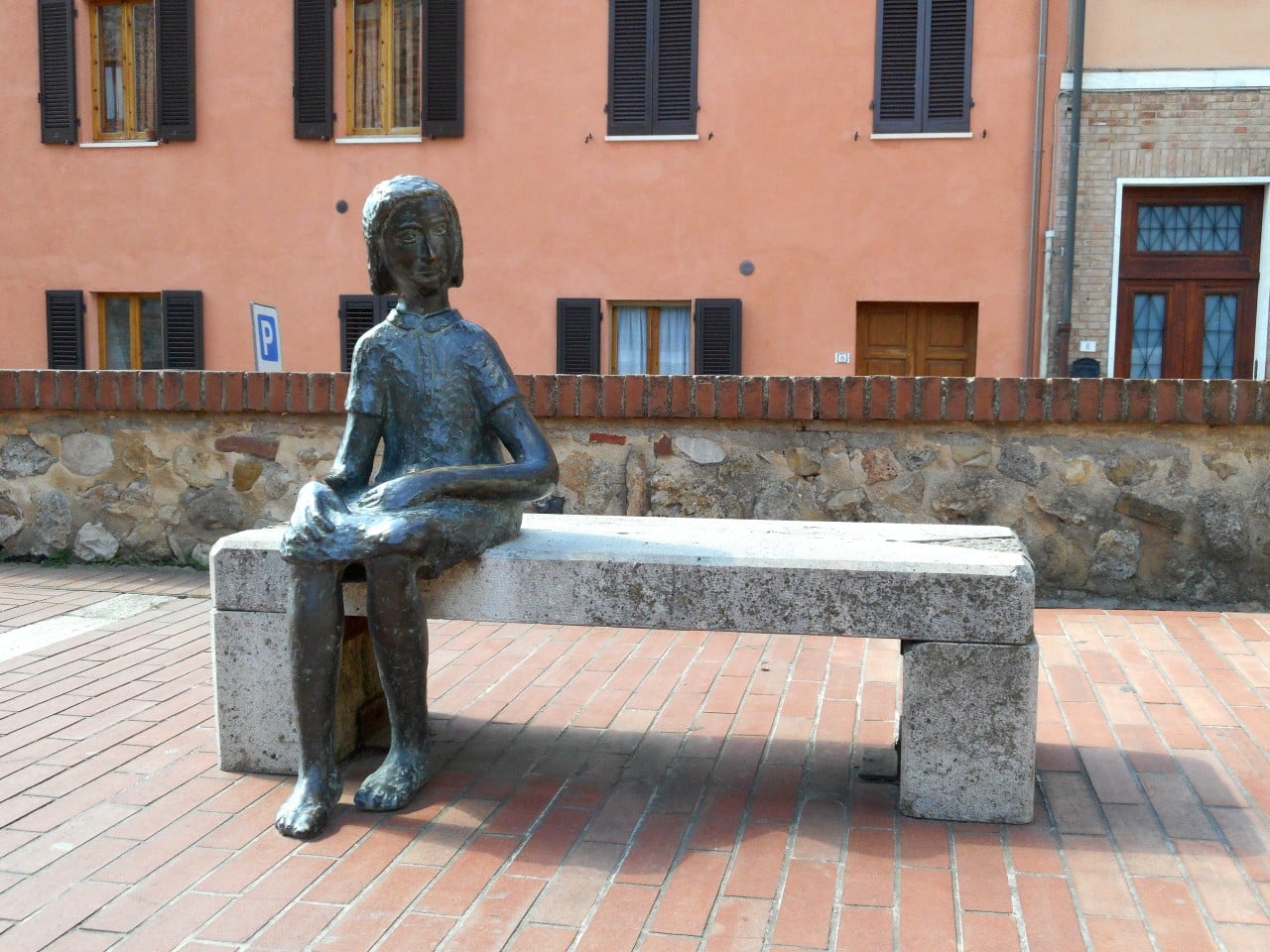
The little girl on the bench by Giuseppe Ciani © Municipality of Casole d’Elsa
But the most famous sculptures found in Casole d’Elsa are the Two Lovers and A Sweet Eternal Embrace: the former, by Giuseppe Ciani, depicts two young people exchanging effusions with her sitting on a low wall, while the latter, by Andrea Roggi, è basically an olive tree whose trunk takes the form of a pair of lovers.
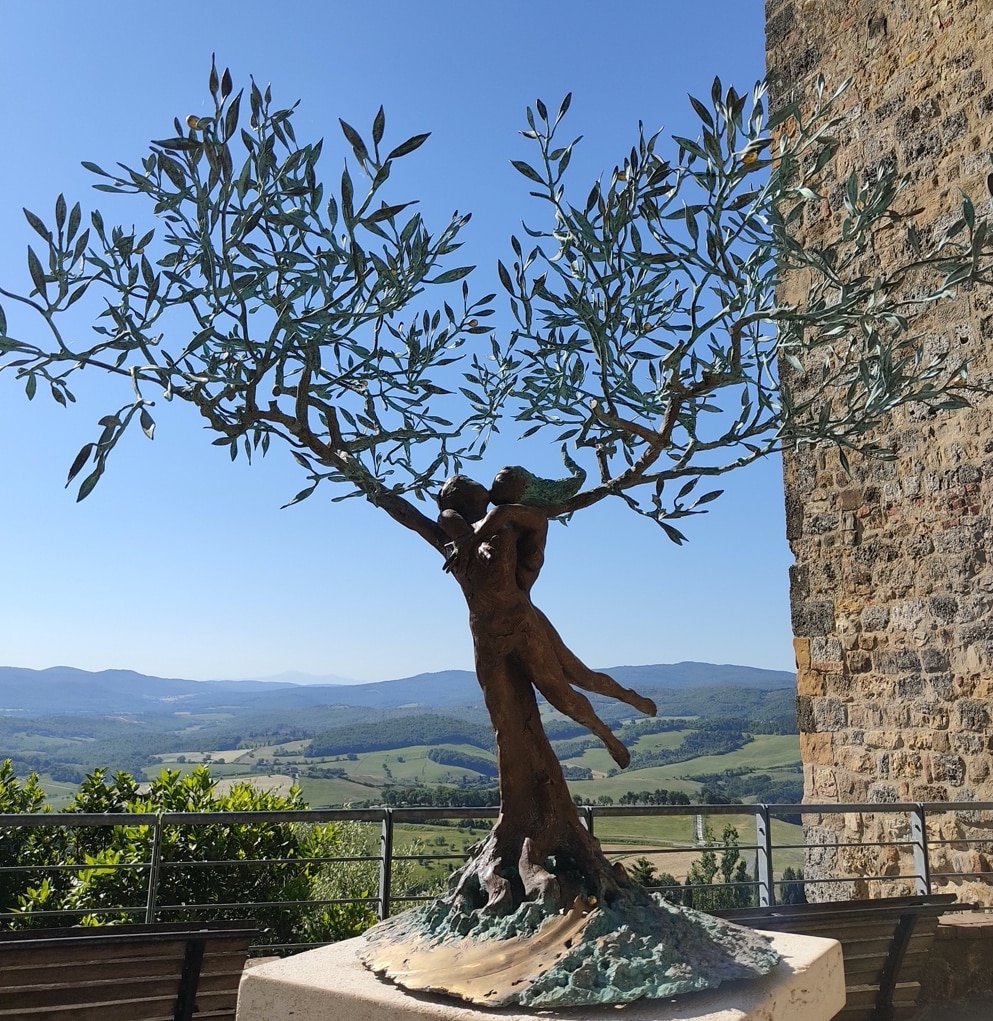
A sweet eternal embrace by Andrea Roggi © Visit Tuscany
Another symbolic sculpture of Casole d’Elsa è the one made by Luca Ferrini, commissioned by Duccio Santini and dedicated to Gino Bartali: it depicts three cyclists in the act of pedaling and è was made precisely on the occasion of the Giro d’Italia that, in the year 2019, è passed right through the village of Casole d’Elsa.
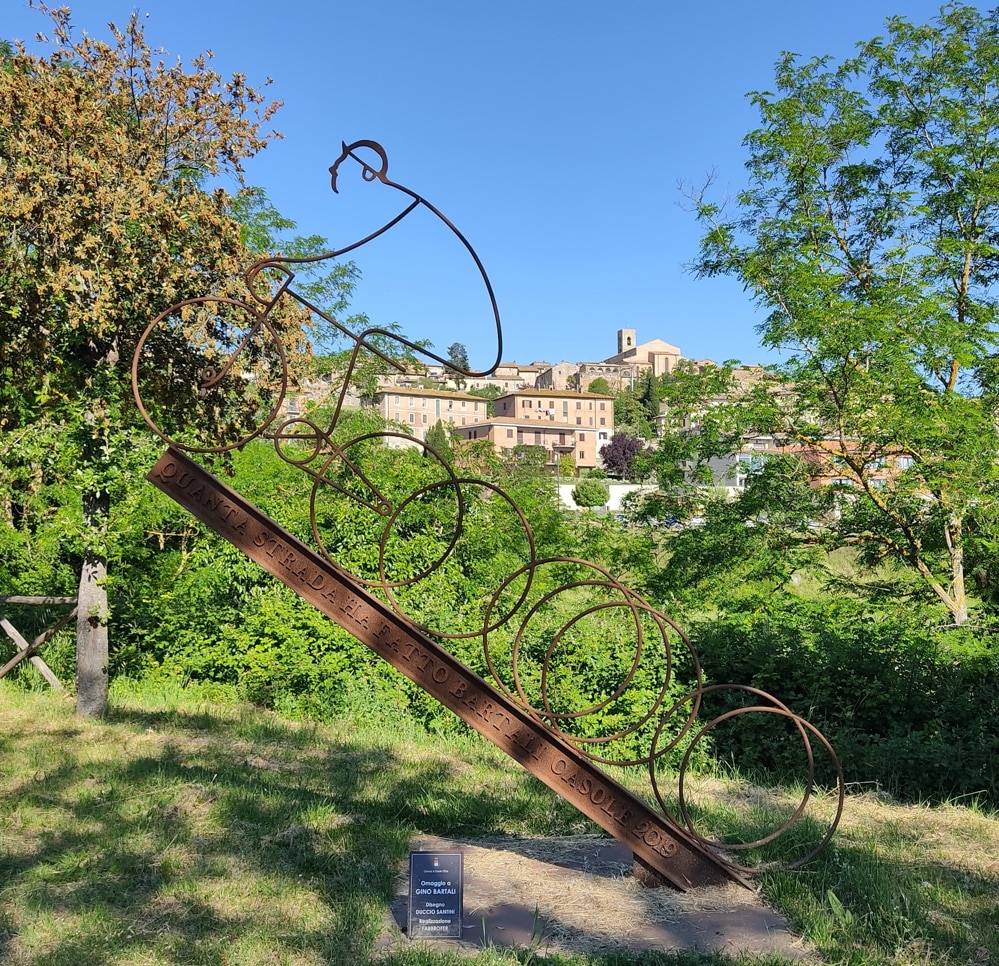
What to see in Casole d’Elsa
Casole d’Elsa is also home to some works by London-based artist Nigel Konstam, who moved to this corner of the Val d’Elsa in the 1980s: here the man opened a small atelier, inside which he worked on his marble and bronze sculptures. That of Konstam, whose most beautiful work present in the hamlet è the Good Samaritan, è is just one of the many artists’ workshops present: those of Anna Morandi, who started her own Art Gallery Workshop, and that of Marta Bonelli also stand out.
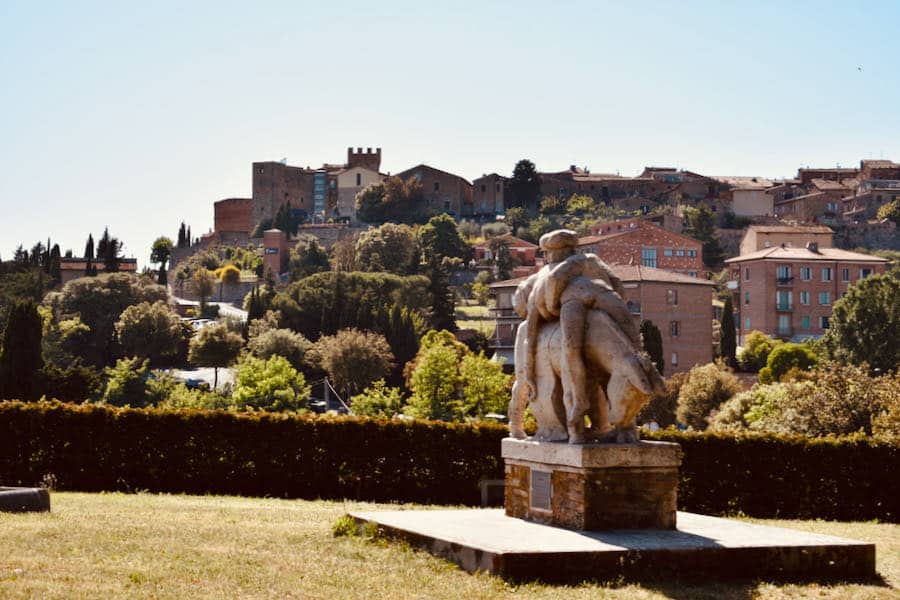
Good Samaritan by Nigel Konstam © FIVE IN TRAVEL
Returning to Casole d’Elsa to admire these sculptures è also an opportunity to discover the village’s historical heritage, starting with the Senese Fortress dating back to the 14th century: è one of the most imposing fortresses in the area, complete with Guelph battlements and a stone keep. Today, the Rocca Senese hosts exhibitions dedicated to contemporary art, attracting enthusiasts from all over the region and beyond.
Walking along Via Alessandro Casolani, one arrives at the sight of the Palazzo Pretorio, home of the Pinacoteca d’Arte Senese, custodian of a series of emblems related to noble families dating from the period between the 15th and 17th centuries.
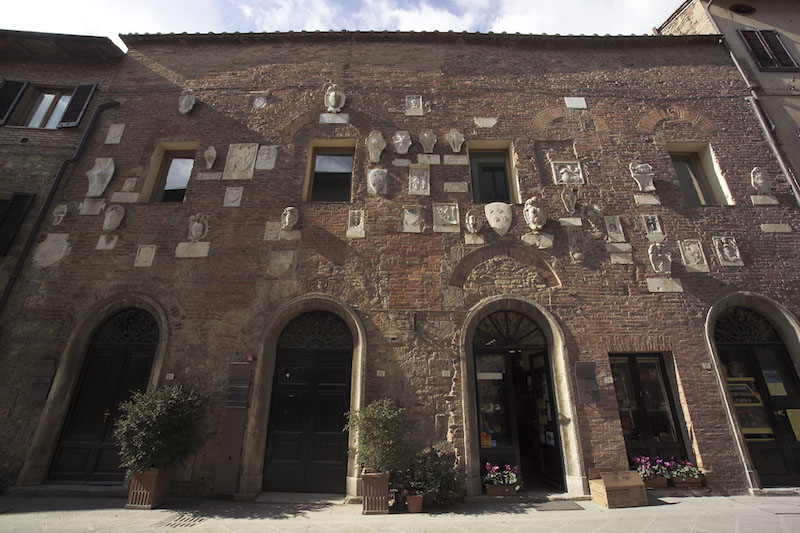
Palazzo Pretorio
Another exhibition space to visit in Casole d’Elsa è the Archaeological and Collegiate Civic Museum, located inside the Collegiate Church of Santa Maria Assunta, built in Gothic-Romanesque style in the 12th century. The museum houses artifacts related mainly to Etruscan civilization and a marble head carved in the 6th BC, probably a sign of the presence, in the nearby woods, of a temple.
Finally, also worth a visit is the Church of San Niccolò, not far from the center of the village and currently è used as a cemetery chapel. The church è the result of the reconstruction of the crypt of the Collegiate Church of Casole where it was located until the 13th century, when the church was transformed into a Gothic style.
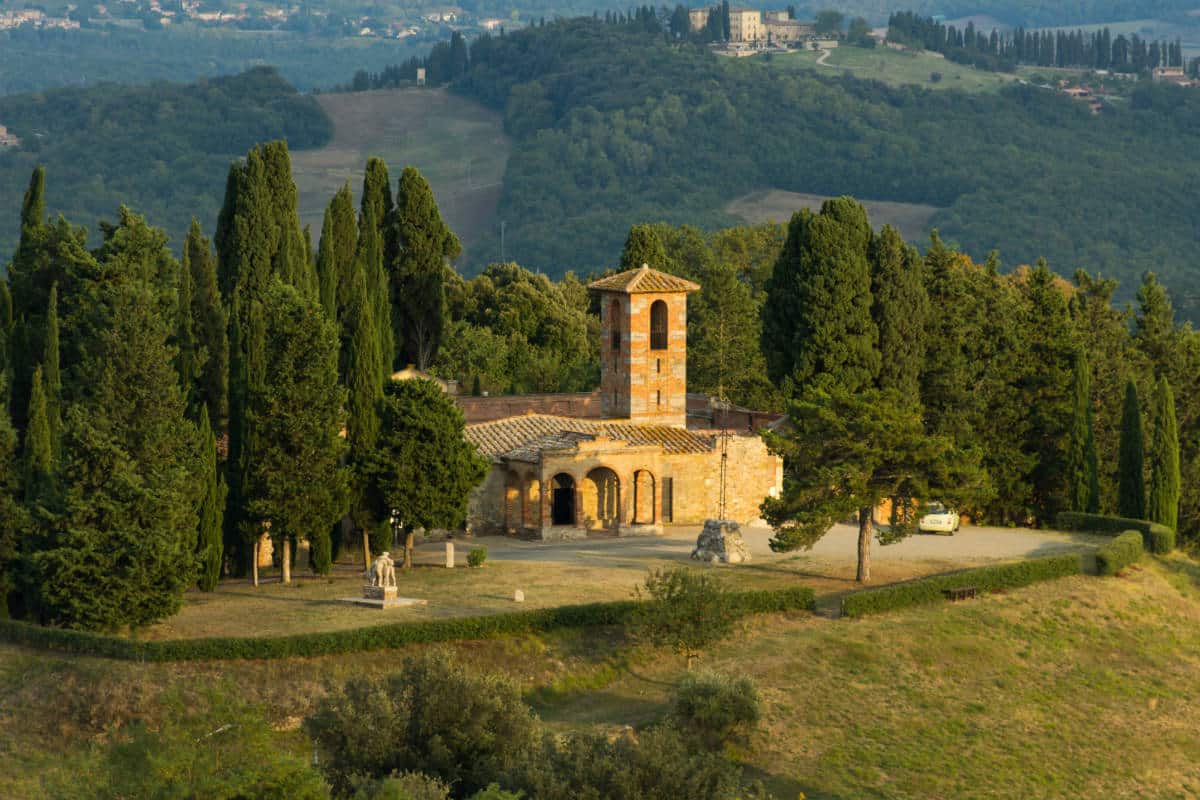
Church of San Niccolò/shutterstock

